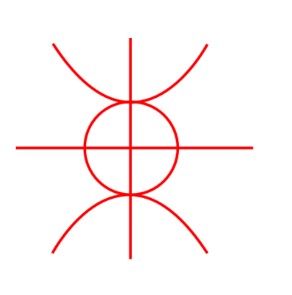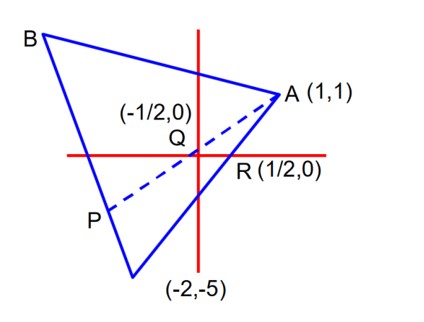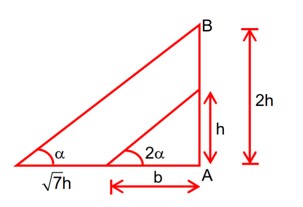Class 11th
Get insights from 8k questions on Class 11th, answered by students, alumni, and experts. You may also ask and answer any question you like about Class 11th
Follow Ask QuestionQuestions
Discussions
Active Users
Followers
New answer posted
3 months agoContributor-Level 10
Surfaces that are hard, smooth, and non-porous are sound reflectors. Common examples of such materials include concrete, metal, glass, plaster, and marble. In contrast, soft and porous materials tend to absorb sound waves. In short, both porous and non-porous reflect sound waves, but the effect of reflection is lesser with porous materials.
New answer posted
3 months agoContributor-Level 10
A reflection of sound that you hear with a delay after the original sound is an echo. But when there are multiple reflections, they build up. They further blend with the source sound. That phenomenon is reverberation.
New answer posted
3 months agoContributor-Level 10
Reflection of sound occurs when sound waves bounce off a boundary-like surface. It's pretty similar to how we observe a ball that bounces off a wall after it hits. It practically follows the law of reflection. This law states that the angle of the wave's approach equals the angle of its departure.
Refraction of sound is similar to what you know about refraction of light. It's the bending of sound waves when passing from one medium to another. Variables, such as different temperature or density, leads to the change in the speed of sound.
New answer posted
3 months agoBeginner-Level 5
The central atom of nitrogen has 5 valence electrons as per the electronic configuraion. During the formation of , 3 valence electrons forms three sigma bonds with hydrogen and one lone electron pair is left.
- The steric number of the ammonia molecule: SN=3 bonds +1 lone pair total electron domains.
- As per the steric number, there is hybridisation in ammonia.
- The lone pair causes repulsion, which leads to a trigonal pyramidal geometry with bond angles of .
New answer posted
3 months agoContributor-Level 10
Circle passes through (6, 1)
12 g – 19 c = 43 …. (i)
Centre lies on x – 2xy = 8
->g + 6c = 8 …. (ii)
From (i) & (ii), c = 1, 9 = 2
Length of x – intercept -
Taking an Exam? Selecting a College?
Get authentic answers from experts, students and alumni that you won't find anywhere else
Sign Up on ShikshaOn Shiksha, get access to
- 65k Colleges
- 1.2k Exams
- 679k Reviews
- 1800k Answers



